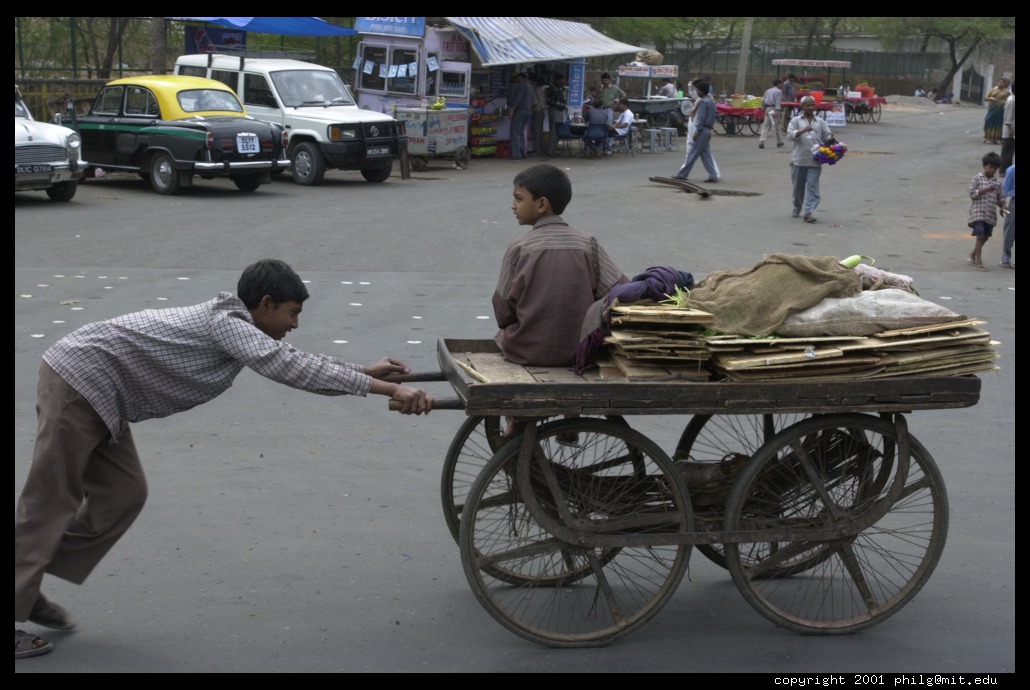- Joined
- Jul 24, 2008
- Messages
- 33,627
- Points
- 0
Apr 8, 2010
LAND CRUNCH
Free up golf courses for other sports
<!-- by line --><!-- end by line -->
<!-- end left side bar --><!-- story content : start -->
IN HIS letter, 'Land, not money, is the primary problem' (March 30), Mr Andrew Williams bemoaned the dearth of permanent spaces for recreational sports in Singapore.
In the light of increasing enthusiasm for these pursuits among the young, he reasoned that more land, rather than money, needs to be found to meet their needs.
We may not have to look far for such land.
In a report last year ('Plots of greenery for recreation and friendship'), 300 plots totalling 582ha of open spaces were made available for recreational use free of charge.
This is roughly the size of 892 football pitches. There is no indication that this area will be enlarged in tandem with the increasing popularity of sports.
Yet, in contrast, to date we have built 22 golf courses, most of which are 18-holed oases to cater to a sport whose following is a mere 2 per cent of all regular sports participants, according to the Singapore Sports Council's National Sports Participation Survey in 2005.
Discounting the driving ranges, these 22 courses occupy about 1,400ha of land, if one makes the conservative calculation of pegging each course at an average of 65ha each.
The 1,400ha of land is equivalent to 2,200 football pitches.
Given the disparity in space allocation for sports and recreation, it is easy to conclude that golf courses, especially in the context of land-scarce Singapore, are hogging far more state land than is necessary.
The old rationale that the land cannot be used for other developments strains credulity.
Regardless of the innumerable justifications, ranging from health to economic well-being, for turning vast stretches of premium land into golf courses for the pleasure of a small minority, the question that must be asked in the context of a land squeeze for sports is: Do we really need 22?
We must free up in stages some of our golf courses for the sake of the growing number of sports-loving children who need the space to play and grow into robust and health-conscious adults. The extent of benefits far outweighs those that golf can provide.
Lee Seck Kay
<!-- story content : end -->
LAND CRUNCH
Free up golf courses for other sports
<!-- by line --><!-- end by line -->
<!-- end left side bar --><!-- story content : start -->
IN HIS letter, 'Land, not money, is the primary problem' (March 30), Mr Andrew Williams bemoaned the dearth of permanent spaces for recreational sports in Singapore.
In the light of increasing enthusiasm for these pursuits among the young, he reasoned that more land, rather than money, needs to be found to meet their needs.
We may not have to look far for such land.
In a report last year ('Plots of greenery for recreation and friendship'), 300 plots totalling 582ha of open spaces were made available for recreational use free of charge.
This is roughly the size of 892 football pitches. There is no indication that this area will be enlarged in tandem with the increasing popularity of sports.
Yet, in contrast, to date we have built 22 golf courses, most of which are 18-holed oases to cater to a sport whose following is a mere 2 per cent of all regular sports participants, according to the Singapore Sports Council's National Sports Participation Survey in 2005.
Discounting the driving ranges, these 22 courses occupy about 1,400ha of land, if one makes the conservative calculation of pegging each course at an average of 65ha each.
The 1,400ha of land is equivalent to 2,200 football pitches.
Given the disparity in space allocation for sports and recreation, it is easy to conclude that golf courses, especially in the context of land-scarce Singapore, are hogging far more state land than is necessary.
The old rationale that the land cannot be used for other developments strains credulity.
Regardless of the innumerable justifications, ranging from health to economic well-being, for turning vast stretches of premium land into golf courses for the pleasure of a small minority, the question that must be asked in the context of a land squeeze for sports is: Do we really need 22?
We must free up in stages some of our golf courses for the sake of the growing number of sports-loving children who need the space to play and grow into robust and health-conscious adults. The extent of benefits far outweighs those that golf can provide.
Lee Seck Kay
<!-- story content : end -->

